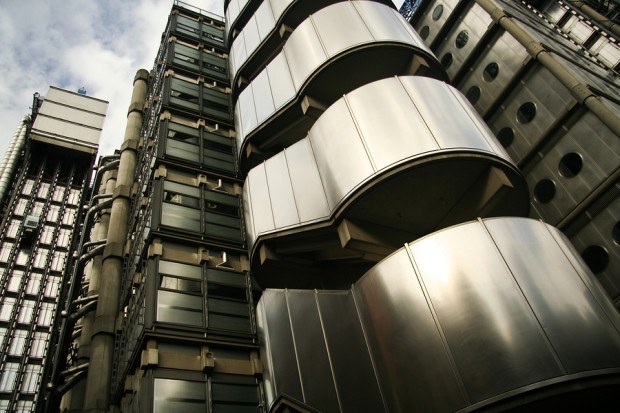Lloyd’s of London reported its first annual pretax profit in three years on Thursday, thanks to tighter underwriting and robust investment returns, and signaled it was well prepared to cope with the cost of the coronavirus pandemic.
The 330-year-old insurance market, which reports aggregate results of its syndicate members, posted profits of 2.5 billion pounds ($3 billion), up from losses of 1 billion pounds in 2018 and 2 billion pounds in 2017, when a slew of hurricanes, typhoons and wildfires ravaged its returns.
But it gave no early indications of the extent to which its members this year might be hurt by claims linked to the coronavirus outbreak, which has paralyzed the global economy, forced the lockdown of billions of people and claimed thousands of lives worldwide.
Chief Executive John Neal told Reuters it would be another six to eight weeks before an approximate quantum and costs of claims could be estimated, with more than 14 insurance products seen to have some exposure or response to Covid-19.
“I don’t think we have deep rooted concerns on the cost. It’s what we do for a living,” he said, adding that the market typically sets aside 10% of premiums received each year to help manage catastrophe claims.
Lloyd’s of London insurers will be exposed to losses due to the cancellation of sports events and other mass gatherings, as well as the postponement of the Olympics, though the losses will be less severe than if the Games had been canceled altogether, industry sources say.
Lloyd’s solvency ratio – a key measure of balance sheet strength – was 205%, despite a high degree of turbulence in financial markets in recent weeks.
Its combined ratio, a measure of underwriting profitability, also strengthened to 102.1% from 104.5%. A level above 100 percent indicates a loss.
Lloyd’s insurers include listed firms Beazley and Hiscox.
Culture Catalyst
With thousands of Lloyd’s brokers and underwriters now working remotely, Neal said “it had never been more important” to accelerate progress on its Future at Lloyd’s modernisation plan, which would speed up claims processing and eventually see around 80% of its business supported digitally.
Lloyd’s has shut its “underwriting room” – where insurers and brokers transact deals face-to-face – for the first time in its history due to the pandemic.
It had already started the process of moving the market to electronic exchanges, to streamline operations and cut costs and Neal said the Lloyd’s community was so far coping well with the new working environment.
“If I was putting a percentage on it, I’d say the market is at 85 to 90% of efficiency,” he said, with indicative volumes of activity on electronic trading tools up by between 20-30% over the past week.
“My sense is this crisis will ultimately be good for us. People want to accelerate the modernization agenda and demonstrate their ability to operate much more effectively digitally,” he said.
“And the small minority who have asked whether we really need to do this are now quickly finding that they have lost the argument.”
The syndicate is also battling a sexual harassment storm and is trying to beef up its record on diversity. Neal said senior management remained committed to the cultural revamp and would provide a progress update in the second quarter.
($1 = 0.8430 pounds)





















 Five AI Trends Reshaping Insurance in 2026
Five AI Trends Reshaping Insurance in 2026  Executives on the Move at Liberty Mutual, Cowbell, W. R. Berkley
Executives on the Move at Liberty Mutual, Cowbell, W. R. Berkley  California Workers Comp Combined Ratio for 2024 Highest in 20-Plus Years
California Workers Comp Combined Ratio for 2024 Highest in 20-Plus Years  Nearly Half of 100 Largest P/C Insurers Destroy Value: ACORD
Nearly Half of 100 Largest P/C Insurers Destroy Value: ACORD 











